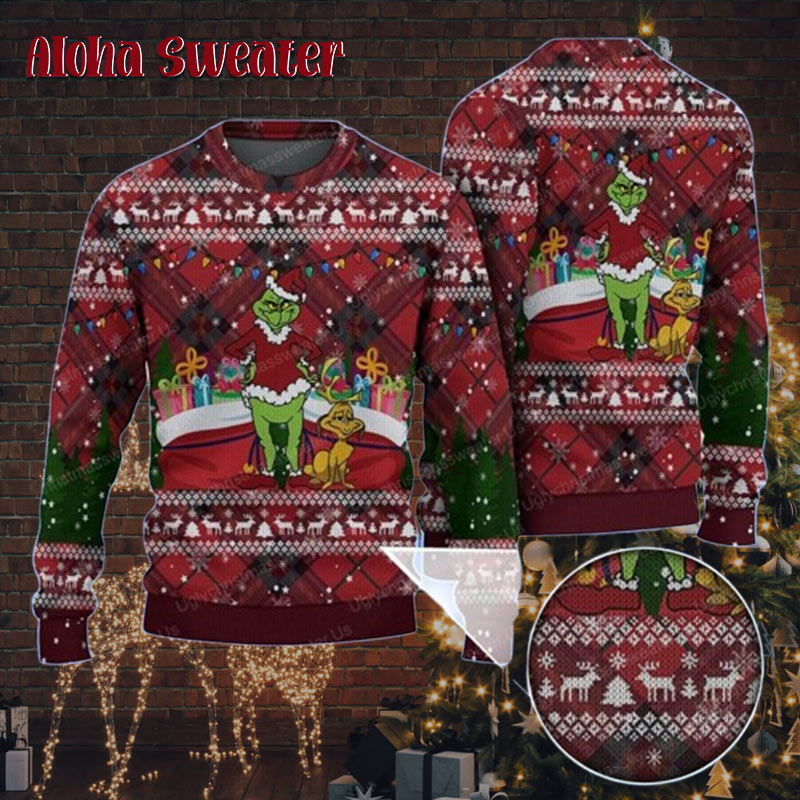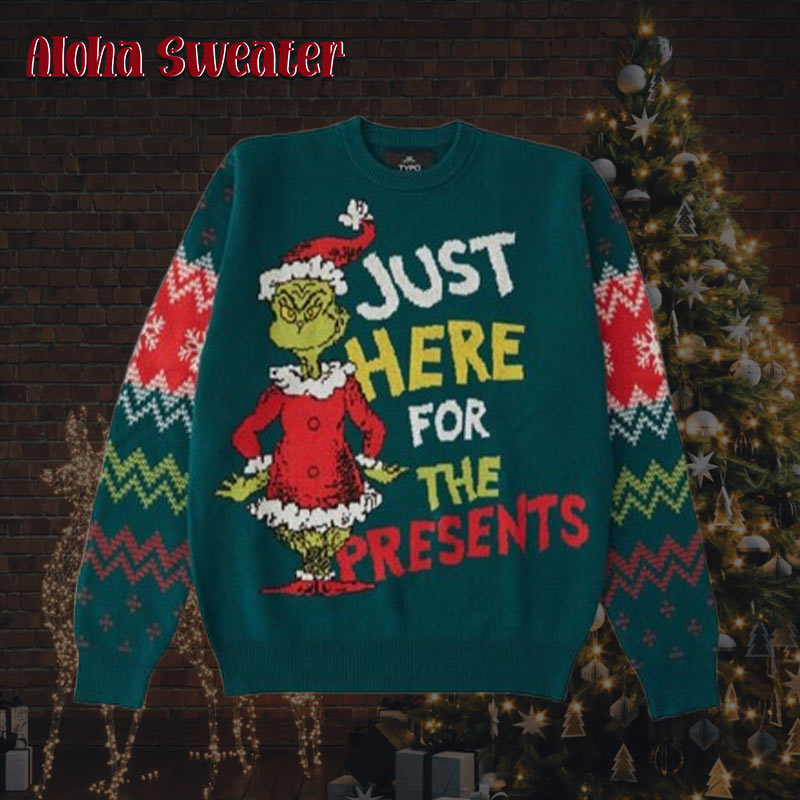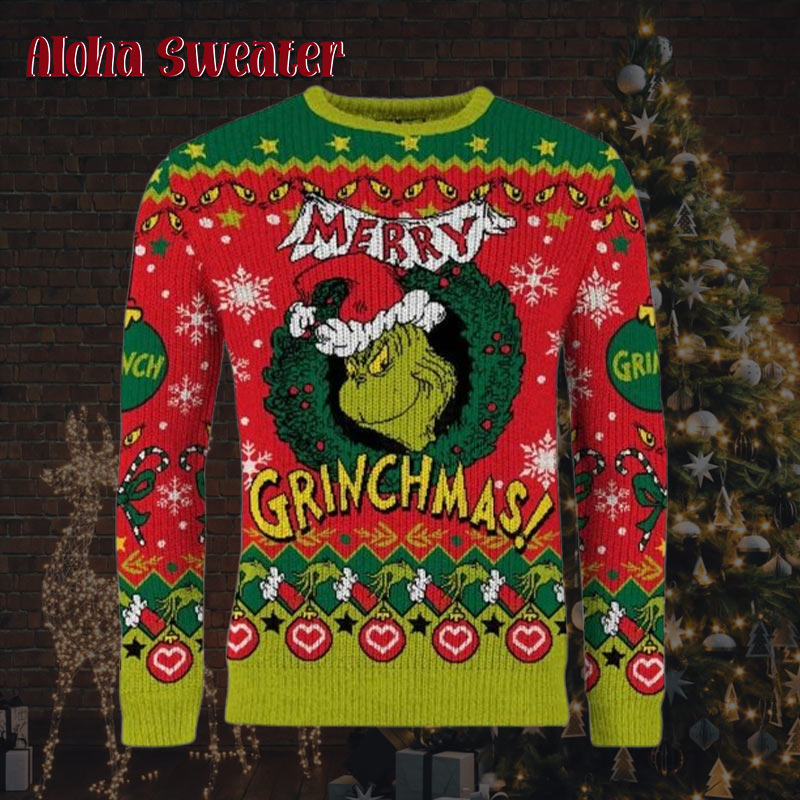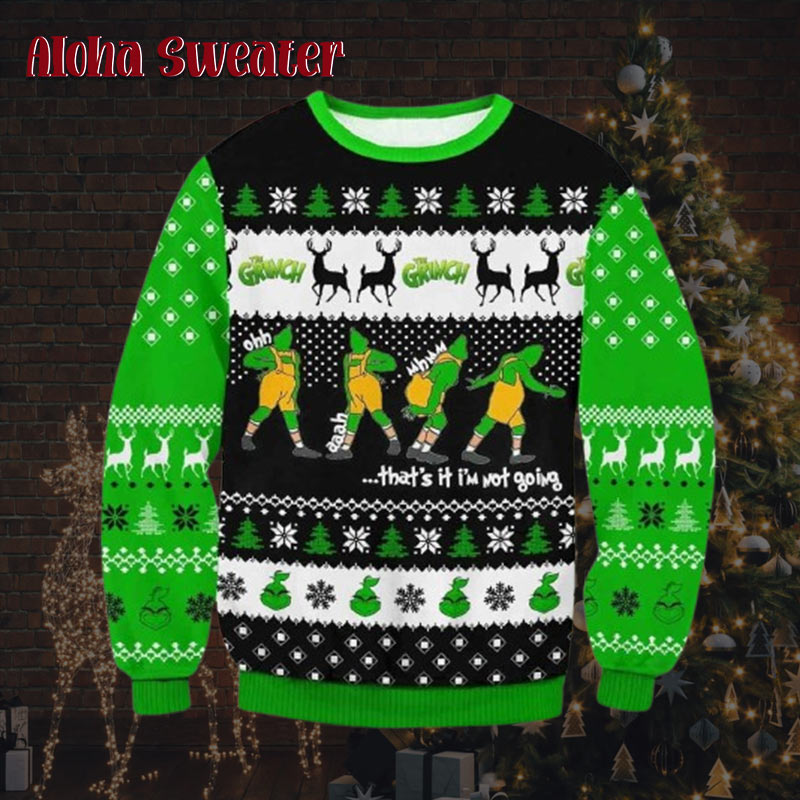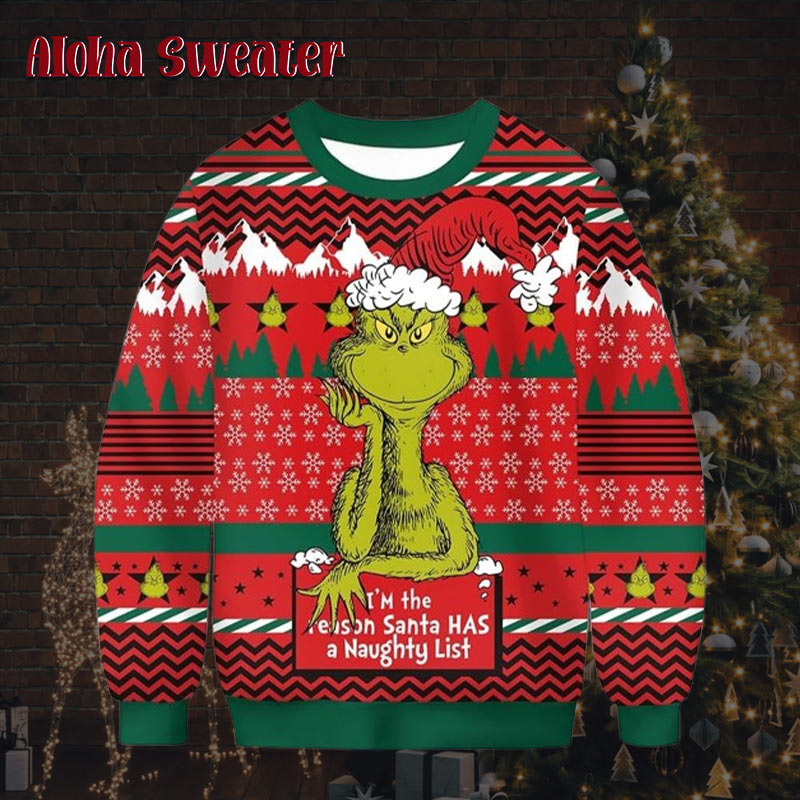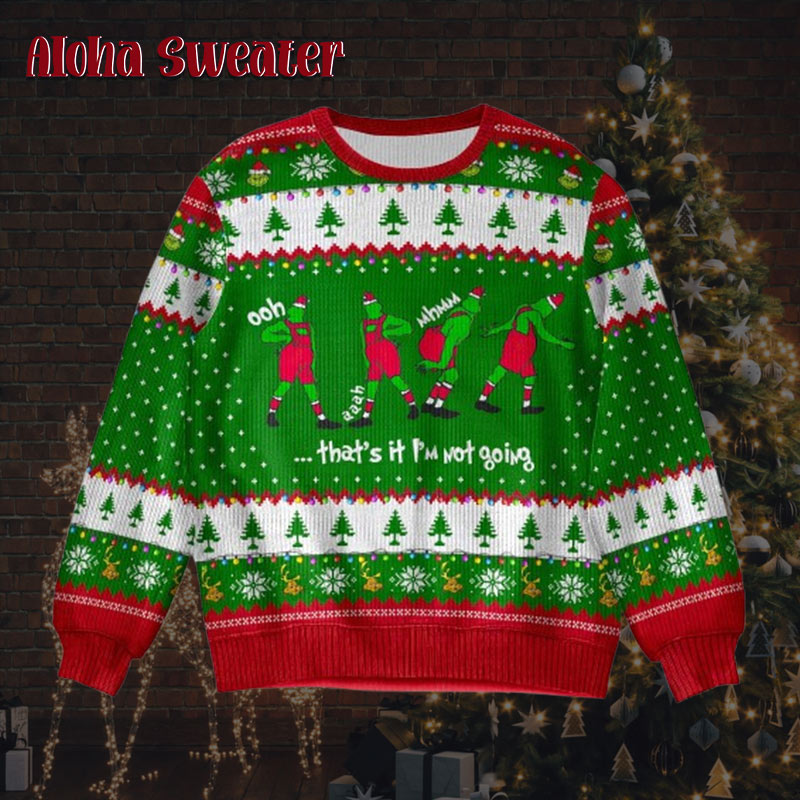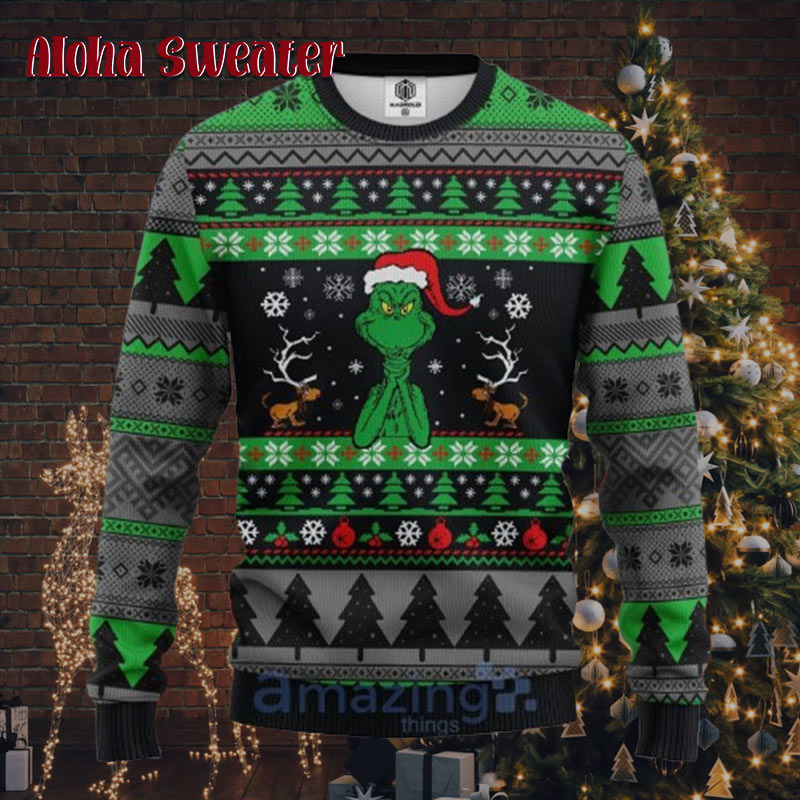The Grinch's Cultural Staying Power
First published in 1957, How the Grinch Stole Christmas! introduced readers to a character who hated the noise, the lights, and the joy of Christmas. But by the end of the story, he has a change of heart. That simple arc—grumpiness softened by kindness—has made the Grinch more than just a villain. He’s relatable.
Over time, the Grinch became part of mainstream holiday tradition. The animated TV special from 1966, the live-action film starring Jim Carrey in 2000, and the animated reboot in 2018 each brought new generations into contact with the character. As the story grew, so did its influence on everything from decorations to apparel.
Wearing a Grinch sweater is now a way of expressing a playful, self-aware approach to the holidays. It signals that you're in on the joke. You might love the season—but maybe not the crowds, the spending, or the constant cheer. And that’s okay.
The Rise of Holiday Sweaters—and the Grinch’s Role
Holiday sweaters used to be unintentional jokes—gifts no one asked for, full of blinking lights and odd patterns. But in the last two decades, the “ugly sweater” has been reclaimed. Parties, contests, and office events have made them fun again. And the Grinch fits perfectly into this shift.
The Grinch sweater is not just another novelty item. It's a carefully crafted piece that plays with the themes of the original story while adding visual flair. Most designs feature the Grinch's green face, often with his signature smirk or grumpy frown. Others include scenes from the book or movie: the sleigh ride, Max the dog in antlers, or stolen presents piled high.
The colors tend to stay close to the source—green, red, black, and yellow dominate most designs. These high-contrast combinations make the sweater eye-catching without needing glitter or extra texture. Simpler designs often highlight just the Grinch’s face or silhouette, making them easier to wear beyond loud party settings.
Humor, Irony, and Emotional Honesty
One of the reasons the Grinch sweater continues to be popular is its honest tone. Not everyone enjoys every part of the holiday season. Some people feel overwhelmed by the pressure to be cheerful. The Grinch gives them a way to express that feeling without being negative.
Humor plays a big role. The sweater allows people to poke fun at holiday clichés—endless Christmas music, gift expectations, forced smiles—while still participating. It’s ironic, but it’s also sincere. You wear it because you know the character, and probably see a bit of yourself in him.
The sweater also works in a variety of contexts. It’s appropriate at family dinners, work functions, or casual hangouts. Unlike more extreme novelty designs, the Grinch sweater often strikes a balance. It’s funny, but not obnoxious. It makes a statement, but not one that pushes people away.
Design Trends and Versions Across Age Groups
The Grinch sweater comes in many forms. Some are loud, with bold graphics and oversized fits. Others are subtler, designed with minimalist prints or embroidered outlines. This range allows different age groups and personalities to find versions that suit them.
For kids, sweaters often include brighter colors and animated poses. The Grinch might smile, wave, or even wear his own Santa hat. For adults, many designs lean into sarcasm. Phrases like “Resting Grinch Face,” “Team Grinch,” or “I’m only here for the roast beast” appear across the front.
Matching family sets are also common, allowing parents and kids to share the fun while customizing their look. Some brands offer gender-neutral sizing or extended sizes, which helps widen access and comfort.
DIY communities have also embraced the Grinch theme. Custom sweaters with hand-stitched designs, felt accents, or mixed materials often appear on platforms like Etsy or Pinterest. These handcrafted versions reflect a deeper level of connection—not just to the story, but to the act of making something meaningful for the season.
A Soft Form of Resistance
In many ways, the Grinch sweater offers a form of gentle resistance. It pushes back against commercial holiday culture without rejecting the season entirely. It reminds us that not everyone celebrates the same way—and that’s valid.
It also shows how people use clothing to communicate something deeper. Wearing a Grinch sweater doesn’t mean you hate Christmas. It means you have your own way of experiencing it. It’s personal, not performative.
And in today’s world, where people are more conscious of mental health and emotional authenticity, this kind of expression matters. It turns a cartoon character into a symbol of choice and control—a small, wearable reminder that joy doesn’t have to be loud or perfect.
Conclusion: Why the Grinch Sweater Endures
The Grinch sweater has become more than a holiday trend. It’s a reflection of how people navigate the season with humor, honesty, and nostalgia. It brings together fans of all ages, from those who remember the original book to kids who just discovered the latest film.
Its continued popularity rests on something simple: the story still resonates. People still connect with the Grinch—his frustration, his transformation, his ability to change. Wearing the sweater means remembering that growth is possible, even in the most hectic of seasons.


